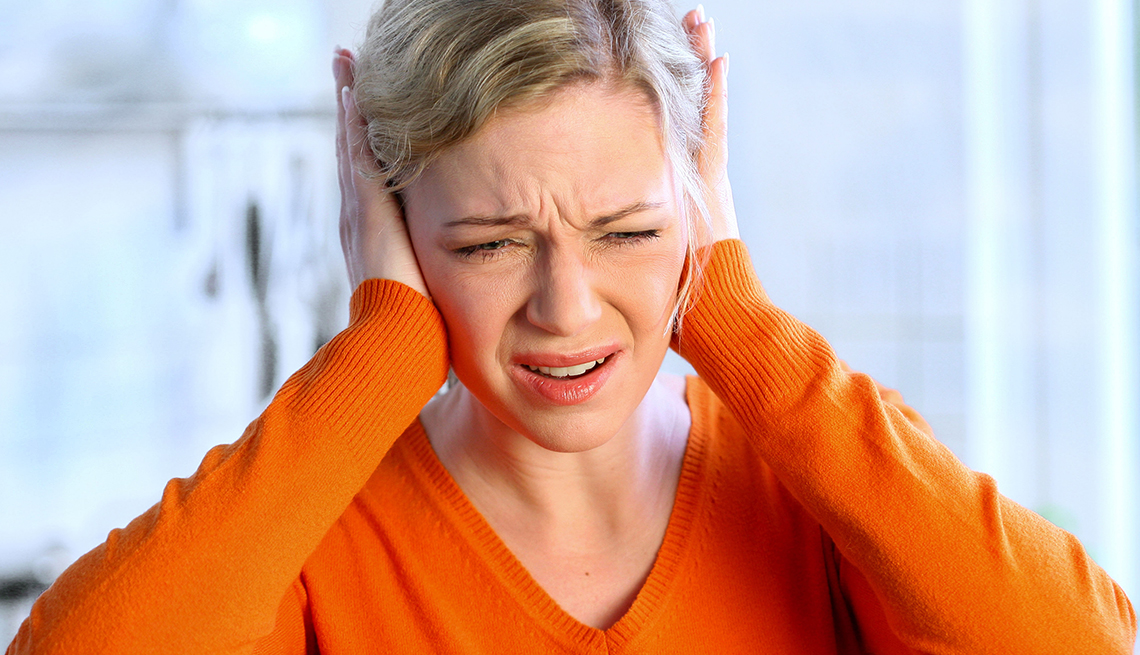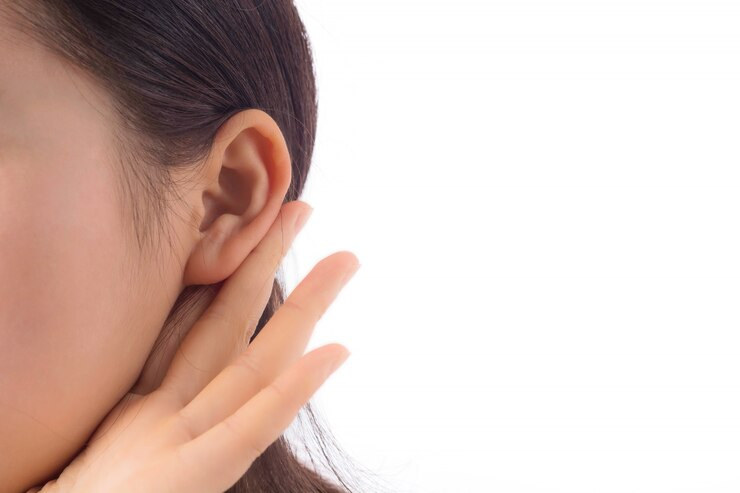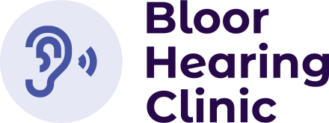
Our Blog
Ear Wax and Tinnitus: What is the Connection?
The relationship between earwax and tinnitus has not always been straightforward, but there is a consensus that earwax buildup can indeed contribute to its symptoms. Diverse evidence emerged as research advances, shedding light on the interplay between these two phenomena.
Earwax, also known as cerumen, is a natural secretion found in the ear canal, protecting the ear from dust, bacteria, and other external sources. When ear wax accumulates, it causes cerumen impaction and can lead to a range of symptoms, including hearing loss, ear pain, and in some cases, tinnitus. Earwax build-up also affects how well hearing aids work.

This article explores the relationship between earwax buildup and tinnitus, the symptoms of impaction, treatment options, and the dangers of improper earwax removal techniques.
Can Ear Wax Cause Pulsatile Tinnitus?
While earwax is not a direct cause of pulsatile tinnitus, a condition characterized by rhythmic pulsing sounds in the ear that coincide with the heartbeat, impacted earwax can contribute to the development of tinnitus symptoms.
There are several reasons why earwax blockage occurs, including the following:
-
Narrow or damaged ear canals
-
Excessive ear hair that traps earwax
-
Dry ears, a common issue among older individuals
-
Skin conditions affecting the scalp or the skin around the ears
-
Ear infections, such as Otitis Externa (swimmer’s ear), leading to inflammation of the ear canal
When this happens, it can interfere with the normal sound transmission to the inner ear, leading to changes in how the auditory system processes sound. This disruption can trigger tinnitus-related symptoms, including ringing, buzzing, or hissing sounds in one or both ears.
Symptoms of Impaction
Symptoms of earwax impaction can range from mild discomfort to severe auditory disturbances. When earwax builds up excessively, it can lead to a host of problems, including diminished hearing, persistent ringing in the ears (tinnitus), and even ear infections. Impacted earwax can also cause discomfort or pain in the affected ear, as well as a sensation of fullness or pressure.
Seeking professional care from audiologist Toronto specialists is beneficial for several reasons. A tinnitus audiologist is trained to assess and diagnose ear conditions, including cerumen impaction and its associated symptoms. Conducting a thorough examination can determine the extent of the impaction, and any potential complications, then tailor a personalized treatment.
You can also prevent ear wax buildup by signing up for a professional ear cleaning service instead of removing ear wax at home using cotton swabs or other tools which can be risky. This may push the wax deeper into the ear canal, causing damage to the delicate structures of the ear.
Will Tinnitus Go Away If I Remove the Ear Wax?
In many cases, tinnitus symptoms caused by earwax impaction can improve once the earwax is removed. One of the underlying causes of tinnitus is excess earwax blocking the ear canal, leading to the perception of internal sounds. Thus, professional removal methods can provide relief from symptoms if earwax is the main cause, but tinnitus may persist if other factors like age-related hearing loss are involved.
It is essential to consult with a healthcare professional before attempting to remove excess earwax, as improper techniques can lead to further complications and potentially cause damage and pain.
Treatment for Earwax Blockage
Unfortunately, there is no quick fix for treating tinnitus, but there are management and remedies to reduce symptoms. The method involves treating earwax blockages through professional earwax removal. Seeking professional help from an audiologist or ENT specialist can ensure the safe removal of earwax blockages.
They can also address your impacted ear wax thoroughly with a consultation and proper education. Your audiologist may suggest the following self-management or clinical methods, as long as you don’t experience any of the following conditions:
-
Ear pain and/or discharge
-
Perforated eardrum
-
Active ear infection
-
Sudden hearing loss
Ear Wax Softening Drops
This is usually the first option in removing ear wax at home as it helps move wax out of the ear naturally. Over-the-counter ear drops or alternatives like olive oil can help soften earwax, making it easier to remove.
Ear Irrigation
Healthcare providers use ear irrigation to effectively remove impacted earwax by gently flushing the ear canal with warm water. This procedure helps dislodge the wax buildup, allowing it to be safely expelled from the ear.
Healthcare professionals previously employed manual syringing to extract ear wax by injecting water with a large metal syringe. However, NICE discovered risks and no longer advocates this method. Electronic irrigators are now more common, with controlled pressures for a gentler and safer procedure.
Manual Earwax Removal
In certain situations, professionals may opt for manual earwax removal using specialized tools. This method involves carefully extracting the impacted earwax from the ear canal, ensuring thorough removal and restoring normal auditory function.
A clinician can remove ear wax using a headlight and handheld instrument. Avoid attempting wax removal yourself with any instrument or device, as this could potentially harm you, as discussed below.
The Dangers of Improper Technique
It is crucial to avoid using cotton buds, ear candles, or other improper techniques to remove earwax, as these methods can push the earwax deeper into the ear canal, potentially causing damage to the eardrum or leading to further complications. Additionally, excessive cleaning of the ear canal can disrupt the natural balance of earwax production and increase the risk of developing tinnitus or other ear-related issues.
While removing ear wax at home can be tempting, especially with the plethora of DIY ear cleaning methods available, it’s crucial to exercise caution. Improper technique can lead to complications, including:
-
Ear Damage: Inserting objects like cotton swabs or ear candles into the ear canal can damage the delicate structures of the ear, including the eardrum.
-
Wax Pushback: Attempts to remove ear wax using cotton buds or other tools can inadvertently push the wax deeper into the ear canal, exacerbating the blockage.
-
Ear Infections: Trauma to the ear canal from aggressive cleaning can increase the risk of ear infections, leading to pain, swelling, and drainage.
When it comes to ear wax removal, it’s best to leave it to the professionals who have the training and expertise to safely and effectively address the issue.
while earwax itself may not directly cause tinnitus, impacted earwax can contribute to the development of tinnitus symptoms by interfering with the normal function of the auditory system. By understanding the symptoms of earwax impaction, seeking appropriate treatment, and avoiding improper earwax removal techniques, individuals can effectively manage earwax buildup and reduce the risk of developing tinnitus-related symptoms. If you suspect that earwax may be contributing to your tinnitus, consult with a healthcare professional for proper evaluation and treatment.
